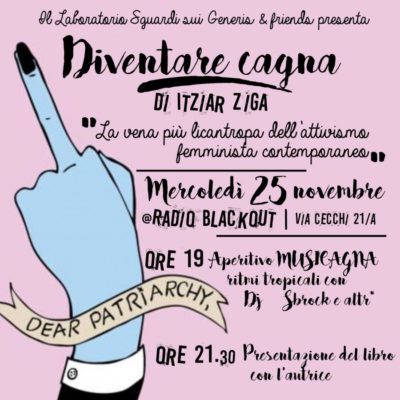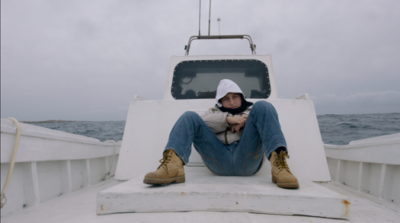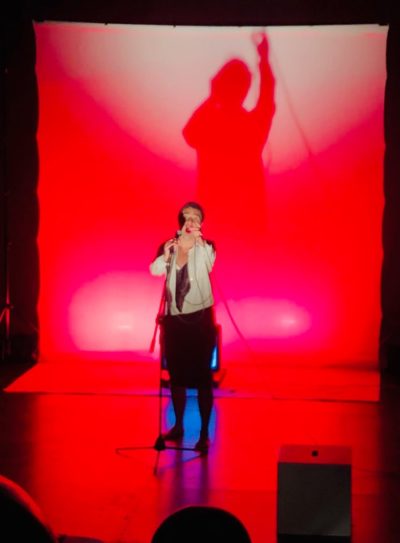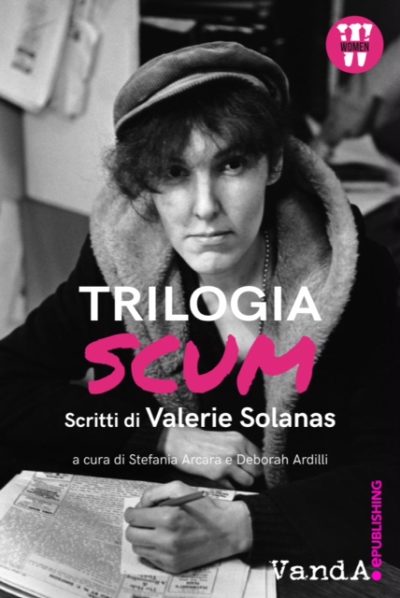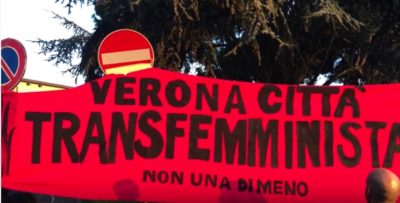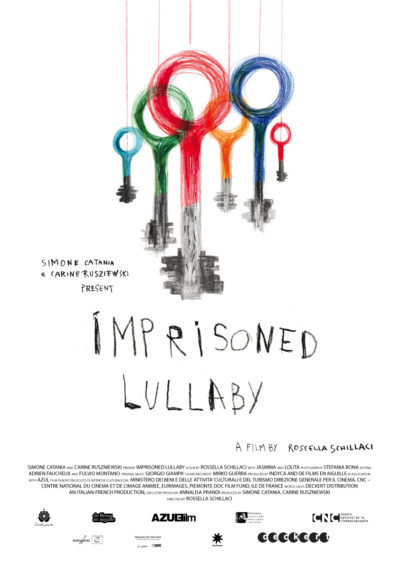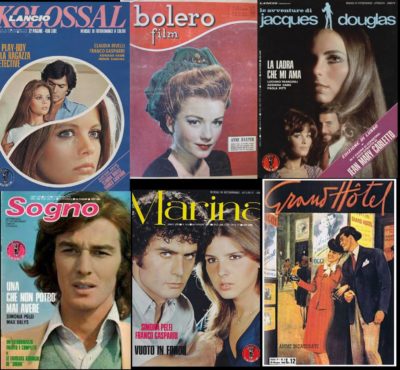4.Translating Spanish Transfeminist Activism into Italian. Performativity, DIY, and Affective Contaminations.
by Michela Baldo
This article examines the translations into Italian of four post-porn and transfeminist Spanish texts, written by the writers and performers Diana Torres and Itziar Ziga: Pornoterrorismo/Porn terrorism (2014), Fica Potens/ Powerful Cunt (2015), Vomitorium/Vomitorium (2017), and Diventare Cagna/Becoming a Bitch (2015). The texts were translated by a group of Italian transfeminist translators. The presentations of these translations, between the years 2014 and 2017,

